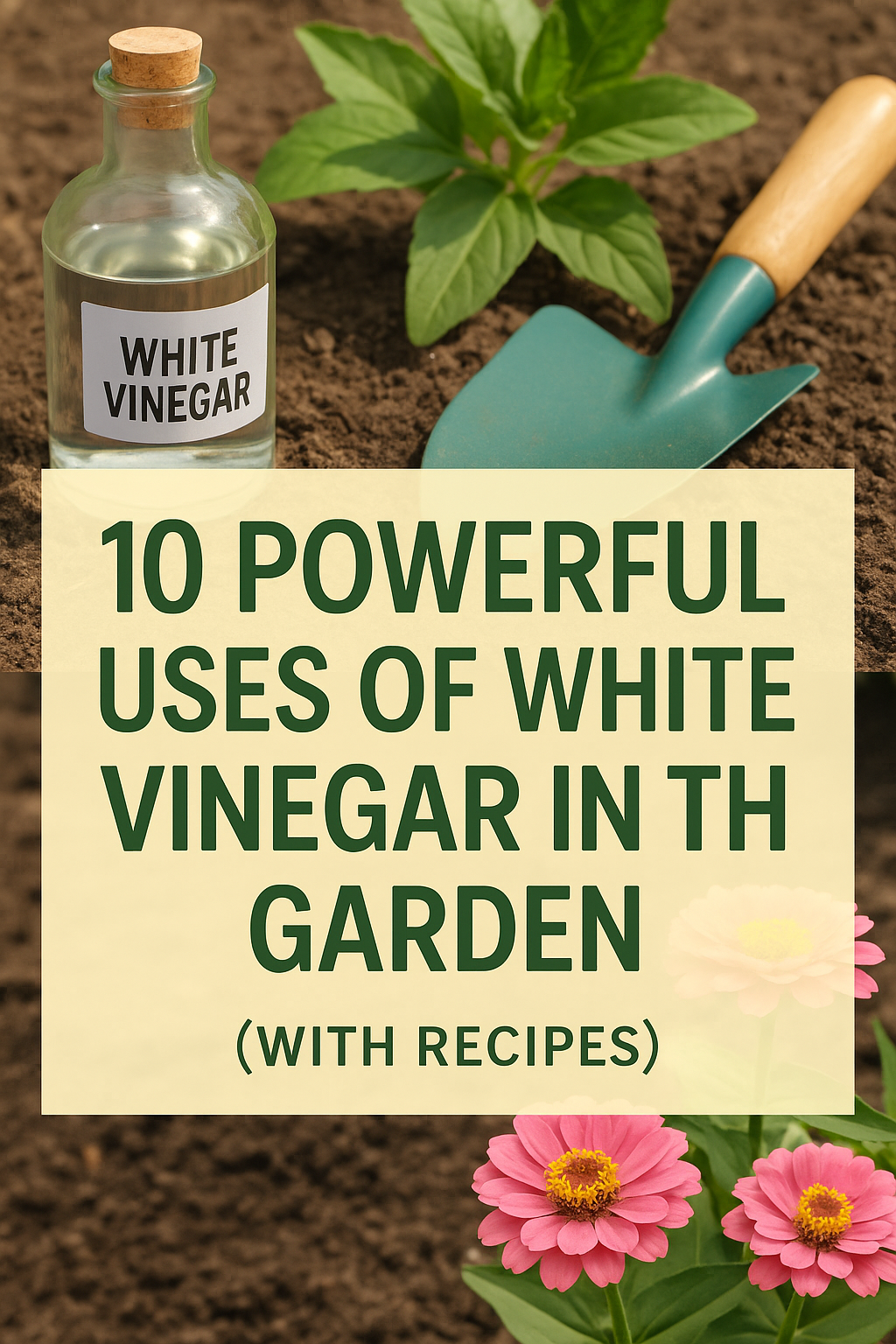
Imagine fresh basil or mint right from your windowsill. Growing herbs indoors is an easy and rewarding way to keep your kitchen stocked year-round — even without outdoor space. Whether you’re a beginner or experienced gardener, this guide will help you grow healthy herbs indoors with confidence.
Why Grow Herbs Indoors?
Indoor herb gardening offers many benefits beyond just convenience:
- Fresh herbs year-round — regardless of the season
- Saves money on grocery store herbs
- Improves indoor air quality
- Adds greenery and aroma to your kitchen or windows
- Perfect for apartments or homes without a garden
Best Herbs to Grow Indoors
Some herbs grow better indoors than others. Start with these beginner-friendly, container-compatible varieties:
- Basil: Loves warmth and sunlight. Great for cooking.
- Mint: Hardy and low-maintenance. Spreads fast — use its own pot.
- Parsley: Tolerates partial sun. Great for cool windowsills.
- Chives: Easy to grow from seed or transplant.
- Thyme: Requires less water. Great for sunny kitchens.
- Oregano: Great for Mediterranean dishes. Needs moderate light.
- Cilantro: Likes cooler temps and regular trimming.
What You’ll Need to Get Started
- Containers with drainage: Use 4–6 inch pots with holes
- Potting mix: Use a light, organic mix for indoor plants
- Grow lights (optional): LED grow lights are ideal in low-light rooms
- Fertilizer: Use organic liquid fertilizer every 2–4 weeks
- Spray bottle or watering can: For consistent, gentle watering
Lighting Tips for Indoor Herbs
Herbs need at least 4–6 hours of sunlight daily. South-facing windows are ideal. If natural light is limited, supplement with a grow light placed 6–12 inches above the plants for 12–14 hours per day.
Grow Light Tip: Choose full-spectrum LED lights with timers for convenience and efficiency.
Watering and Care
Indoor herbs prefer slightly moist — not soggy — soil. Water when the top inch of soil feels dry. Always empty saucers to prevent root rot. Prune regularly to encourage bushy growth and prevent flowering, which can reduce flavor.
Fertilizing: Apply organic fertilizer every 3–4 weeks to support healthy growth, especially if harvesting often.
How to Harvest Herbs Properly
Use clean scissors or your fingers to snip herbs above a leaf node (where two leaves meet the stem). Never harvest more than 1/3 of the plant at once. Regular harvesting encourages fuller, healthier plants.
Common Problems and Solutions
- Leggy growth: Not enough light — move closer to window or add grow light
- Yellow leaves: Overwatering or poor drainage
- Pests: Spray with neem oil or insecticidal soap if needed
- Slow growth: May need fertilizer or more light
FAQ: Growing Herbs Indoors
Can I grow herbs indoors without sunlight?
You can! Just use a full-spectrum grow light to provide the necessary light intensity. Many indoor gardeners grow herbs year-round using LED lights.
What are the easiest herbs to grow indoors?
Mint, parsley, chives, and basil are among the easiest. They grow quickly and require minimal care, making them perfect for beginners.
Final Thoughts
Growing herbs indoors is a fun and practical way to enjoy fresh ingredients all year long. With just a little care and the right setup, you’ll have a thriving herb garden that brightens your kitchen and flavors your meals. Start small with a few favorites, and expand as your confidence grows!
Want to grow even more in small spaces? Read our guide on Growing Herbs in Small Spaces for balcony and container garden ideas.



